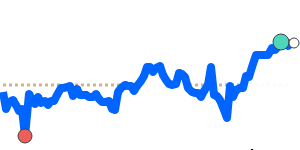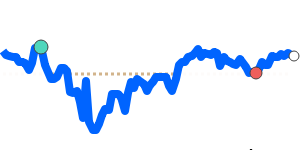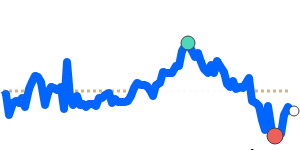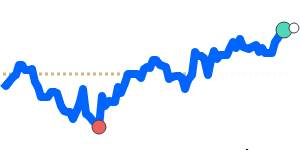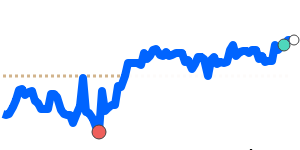The Mexican Peso (MXN) is projected to maintain a stable trading range against the U.S. dollar in 2026, with forecasts suggesting it will likely fluctuate between 16.00 and 22.00 per dollar. Analysts from various financial institutions, including UBS, anticipate a strengthening of the peso driven by easing policies from the U.S. Federal Reserve. UBS expects the USD/MXN exchange rates to be around 18.4 in the first quarter and slightly adjusting through the year, ending at approximately 18.2 in the fourth quarter.
Monex offers a slightly different outlook, predicting the MXN will end 2025 at 18.15 and cornering in on 19.00 by the end of 2026. This follows expectations of reduced interest rate cuts from Mexico's central bank, Banxico, along with signs of economic recovery.
Key risks for the peso include slower economic growth, potential declines in remittances, and possible divergence in monetary policies between Banxico and the U.S. Federal Reserve. Such factors could lead to periodic depreciation of the peso throughout 2026.
Currently, MXN to USD is noted at 0.055575, which is around 1.7% higher than its three-month average of 0.054649, indicating it has traded in a restrained range recently. The MXN to EUR exchange rate stands at 0.047316, reflecting a modest increase of 0.8% above its average, whereas the MXN to GBP is at 0.041276, just above its three-month average. The MXN to JPY, however, is experiencing more volatility, now at 8.6914, which is significantly higher—about 3.2%—than its three-month average of 8.4259.
Overall, while the outlook for the Mexican Peso suggests stability, fluctuations can arise due to economic shifts. Keeping abreast of market trends and forecasts will be crucial for anyone looking to navigate foreign exchange transactions effectively.
